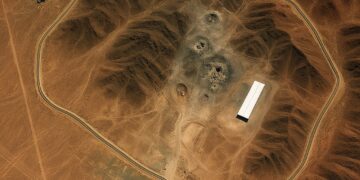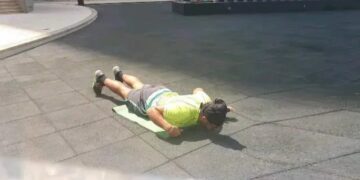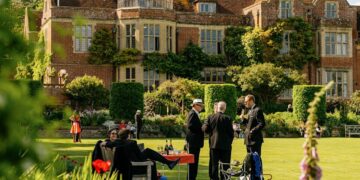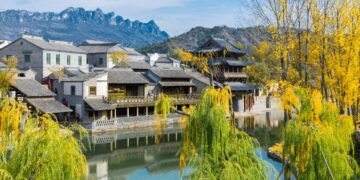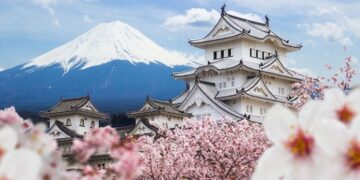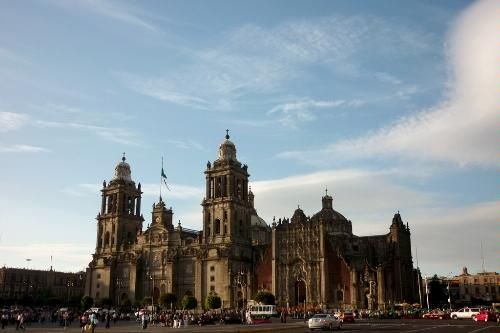Exploring Mexico City: A Cultural and Historical Journey
Mexico City, the vibrant capital of Mexico, is a sprawling metropolis that beautifully intertwines rich history with modern life. From its stunning architecture to its bustling streets and delicious cuisine, the city offers an array of experiences for locals and tourists alike. In this article, we delve into the highlights of Mexico City, focusing on its historical landmarks, cultural significance, and the unique blend of old and new that defines this remarkable city.
A Historical Overview
Founded in 1325 by the Aztecs as Tenochtitlán, Mexico City has a storied past. The city was built on an island in Lake Texcoco and became the heart of the Aztec Empire. Following the Spanish conquest in 1521, it was transformed into a colonial capital, marked by the construction of grand churches and government buildings.
Today, remnants of its rich history are evident throughout the city, making it a UNESCO World Heritage Site. Visitors can explore ancient ruins alongside modern skyscrapers, showcasing the city’s ability to evolve while honoring its past.
The Zócalo: The Heart of the City
At the center of Mexico City lies the Zócalo, also known as Plaza Mayor, one of the largest public squares in the world. This historic plaza is surrounded by significant landmarks, including the Metropolitan Cathedral and the National Palace. The Zócalo serves as a gathering place for locals and tourists, hosting festivals, concerts, and cultural events throughout the year.
The Metropolitan Cathedral
Adjacent to the Zócalo, the Metropolitan Cathedral is an architectural marvel that dates back to the early 18th century. This stunning cathedral showcases a blend of Gothic, Baroque, and Neoclassical styles, with intricate altarpieces and beautiful stained glass windows. Visitors can explore its vast interior, which houses various chapels, an impressive organ, and the remains of notable figures from Mexico’s history.
The National Palace
Home to the offices of the President of Mexico, the National Palace is another must-visit site located on the Zócalo. The palace features stunning murals by the renowned artist Diego Rivera, depicting the history of Mexico from ancient times to the Mexican Revolution. Guided tours allow visitors to appreciate the artistry while learning about the country’s political history.
Chapultepec Park: A Green Oasis
For those seeking a break from the urban hustle, Chapultepec Park offers a sprawling green space in the heart of the city. Covering over 2,000 acres, it is one of the largest city parks in the world, featuring lakes, museums, and cultural institutions.
The Chapultepec Castle
Situated on a hill within the park, the Chapultepec Castle provides breathtaking views of the city. Originally built as a residence for Aztec emperors, it later served as the official residence for Mexican presidents. Today, it houses the National Museum of History, showcasing artifacts and exhibits that chronicle Mexico’s past.
Museums Galore
Chapultepec Park is also home to several world-class museums, including the Museo Nacional de Antropología (National Museum of Anthropology), which houses an extensive collection of pre-Columbian art and artifacts. The museum’s highlights include the Aztec Sun Stone and the giant stone heads of the Olmec civilization.
The Historic Neighborhoods
Mexico City is composed of various neighborhoods, each with its own unique character and charm. Exploring these areas offers insight into the city’s diverse culture and history.
Coyoacán
Famous for its bohemian atmosphere, Coyoacán is a vibrant neighborhood that was once home to artists and intellectuals. The area is known for its cobblestone streets, colorful colonial architecture, and lively markets. A visit to the Frida Kahlo Museum, also known as Casa Azul, is a must for art enthusiasts. This former home of the iconic Mexican artist showcases her life and work, providing a glimpse into her creative world.
Roma and Condesa
The Roma and Condesa neighborhoods are known for their trendy cafes, boutiques, and art galleries. These areas have undergone revitalization in recent years, attracting a younger crowd. Visitors can enjoy leisurely strolls through tree-lined streets, sample local cuisine, and explore the vibrant nightlife. The parks and plazas in these neighborhoods provide perfect spots for relaxation and people-watching.
Culinary Delights
No visit to Mexico City is complete without indulging in its culinary offerings. The city is a food lover’s paradise, offering a diverse range of dishes that reflect its rich cultural heritage.
Street Food
Street food is an integral part of Mexico City’s culinary scene. Tacos, tamales, quesadillas, and churros can be found at food stalls and markets throughout the city. Each vendor offers their unique twist on traditional recipes, making it a fun experience for food enthusiasts to sample different flavors.
Fine Dining
For those seeking an upscale dining experience, Mexico City boasts a growing number of fine dining establishments. Restaurants like Pujol and Quintonil have earned international acclaim for their innovative takes on Mexican cuisine, incorporating locally sourced ingredients and modern techniques.
Cultural Events and Festivals
Mexico City is a hub of cultural activity, hosting numerous events and festivals throughout the year. These celebrations offer visitors a chance to experience the city’s vibrant traditions and customs.
Day of the Dead
One of the most significant celebrations is the Day of the Dead (Día de los Muertos), a UNESCO-recognized tradition. Each year, families honor their deceased loved ones with colorful altars, flowers, and offerings. The city comes alive with parades, music, and art installations, showcasing the rich cultural heritage of Mexico.
Mexican Independence Day
Celebrated on September 16, Mexican Independence Day is marked by festivities throughout the city. The Zócalo becomes the center of celebrations, featuring fireworks, music, and traditional dances. The President delivers the Grito de Dolores, a reenactment of the call to arms that ignited the fight for independence.
Conclusion
Mexico City is a captivating destination that offers a unique blend of history, culture, and modernity. From its historic landmarks and vibrant neighborhoods to its culinary delights and cultural festivals, the city has something to offer every traveler. Whether you’re exploring the ancient ruins, indulging in delicious street food, or immersing yourself in local traditions, a visit to Mexico City is sure to leave a lasting impression.
As the city continues to evolve, it remains a testament to the resilience and creativity of its people, making it a must-visit destination for those seeking to experience the heart and soul of Mexico.








